Attacking The Castled King
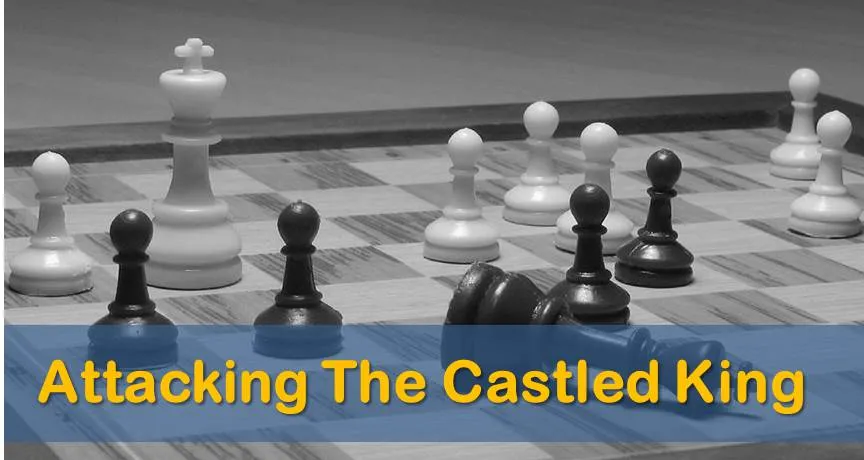
The art of attack is for sure one of the most important elements in the middlegame. Knowing when to begin an attack and how are certain key things to learn in order to improve your play. It is often said that there are players who like to attack more than others, and they do this better than others by nature.
While there is some true in this affirmation, learning how to attack should be no different than learning to play with the bishop pair or any other technical element. In other words, we mean that it’s something that can be trained, improved and perfected by anybody.
When to attack? In order to answer this question right we need to evaluate each position precisely and each position has characteristics of its own. However, there are a few positional elements that can help you through the evaluation. We have elaborated a few bullet points to help you with this:
- Material superiority – This doesn’t mean material outside the board but inside. The pieces placed in a certain area of the board, or with influence in that area. Before you start an attack, make sure you have more attacking pieces than your opponent has defenders.
- Development advantage – This point is related to the previous one. If your opponent is behind in development this means he has less pieces available. Therefore, this is the perfect time to attack before he can get back in the game.
- The enemy’s king is weak – If our opponent’s king shelter is weak we should try to make the most of it. By weak we mean different situations, for example: if his castle has been shattered with doubled pawns, if he has advanced any of the three pawns that defend the king, if one our pieces exerts pressure against any of these three pawns – could be a rook, a bishop or a knight; anything that can be potentially sacrificed in order to break through.
- Potentially weak king – Your opponent’s castle may not be weak at the moment but you have the opportunity to create weaknesses. This sometimes means removing a piece that protects the king, like trading the fianchetto bishop or advancing a pawn in order to hit the enemy’s castle.
- Piece coordination – Pay attention not only to your pieces, but also your opponent’s. If he has a piece off the action, or placed on a poor square, this can be a motif to start an attack. This concept is similar to numbers 1 and 2 of this list.
- Sacrifices – Don’t be afraid to sacrifice material in order to destroy your opponent’s castle. In fact, if your opponent’s castle has no weaknesses at all, most of the times you will need to sacrifice a piece to fuel the attack.
Ready to start systematic training that actually works?
Click here to start your training using the day-by-day program.
Now that we have mentioned the main concepts to have in mind when planning an attack against the opponent’s king, let’s have a look at the theory in practice.

Kasparov – Portisch
The position in the diagram above is very interesting. Both sides have carried along their development strategy and now it’s time for some concrete action. If we try to apply some of the points mentioned in the list, we will find a few of them. White has material superiority on the kingside as his two bishops exert some pressure against black’s castle.
The knight on a5 is temporarily away from the center, meaning that the white knight can jump to e5, freeing the queen to go to the kingside to the squares g4 or h5. Both white bishops are attacking squares of the opponent’s castle and they can be sacrificed anytime. Having all this in mind, there is no surprise that Garry went 17.d5! unleashing a winning attack.
***
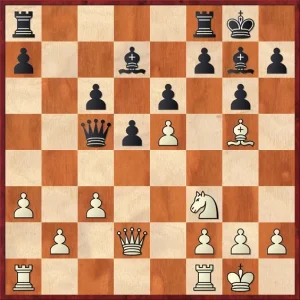
Volkov – Miroshnichenko
White has some positional advantage in the position above due to black’s weak dark squares. What is the best plan? Here we can think about weakening our opponent’s king by means of h4-h5 and later trade off the fianchetto bishop via Bh6 or Bf6. It’s worth noticing again white’s superiority on the kingside.
***
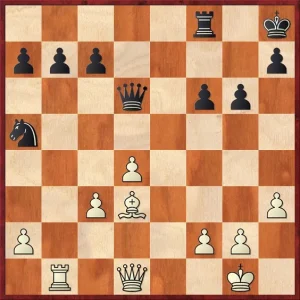
Svidler – Motylev
Despite the lack of material on the board, there is still plenty of play. Apparently the position is close to equal; perhaps black is just a couple of tempos away from solidifying his position. However, it’s white to move and Svidler finds a way to use his better piece coordination and create great problems for his opponent.
With this we conclude our survey on attacking the castled king. We hope you have enjoyed and learned a few things about creating attacks.
If you want to improve your chess level, you need to have a clear study plan. If you aim for a dramatic improvement at chess you need to work on all of the elements of the game in a systematic way:
- tactics
- positional play
- attacking skills
- endgame technique
- classical games analysis
- psychological preparation
- and much more
That seems to be like a lot of things, and that is. But no worries, we have made it easy for you. Our comprehensive training course covers it all and much more. Sign up for 21 Day Training right now!


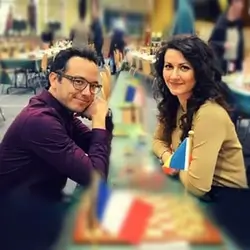
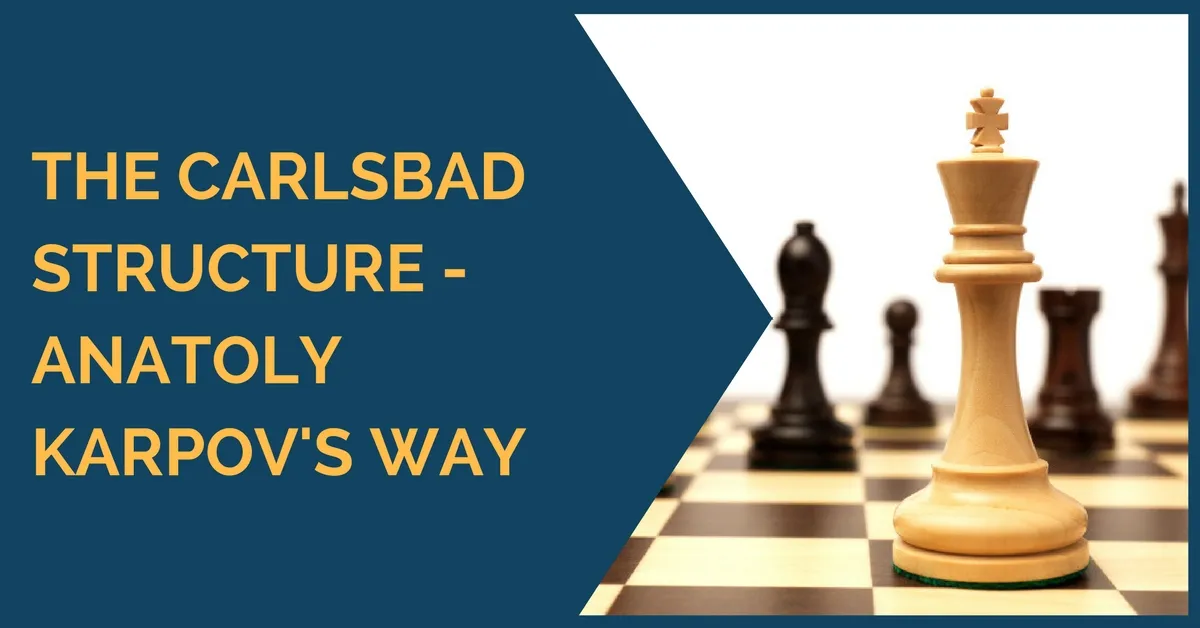

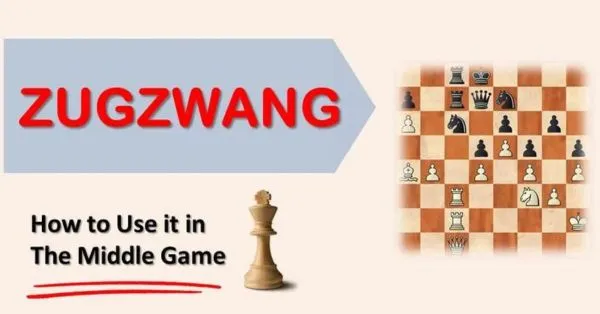




Comments: